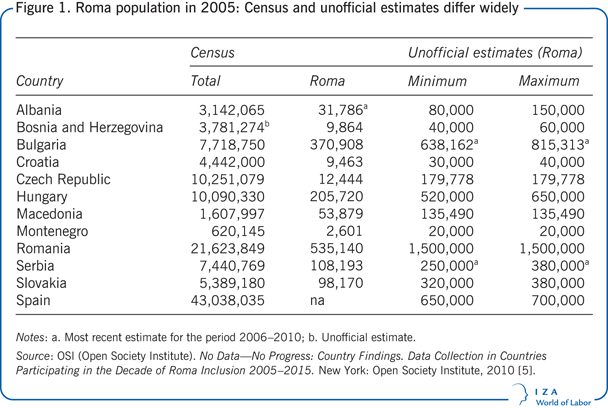Euro Definition Countries Pros Cons
Post on: 16 Март, 2015 No Comment

Definition: The euro is the form of money for 332 million Europeans, just like the dollar is for the U.S. It was meant to be the currency that unified the entire 27-member European Union (EU). All members pledge to adopt the euro when they join the EU. However, they have to meet budget and other criteria, as set out by the Maastricht Treaty, before they can join.
Eurozone Countries
Eleven countries adopted the euro when it was introduced in 1999. By 2011, there were 17 members: Austria, Belgium, Cyprus, Estonia, Finland, France, Germany, Greece, Ireland, Italy, Luxembourg, Malta, Netherlands, Portugal, Slovakia, Slovenia, and Spain.
Many non-EU countries have traded their own currencies for the euro, including Montenegro, Vatican City, and Monaco. In addition, 14 African countries that were former French colonies adopted the euro when the franc went away. Iran, the world’s fourth largest oil producer, uses euros for all foreign transactions, including oil. Iran has converted all dollar-denominated assets held in foreign countries to the euro.
Euro Advantages
Countries receive many benefits to adopting the euro. Smaller countries have the advantage of being backed by Europe’s powerhouse economies, Germany and France. The euro allows these weaker countries to enjoy lower interest rates. since the euro is perceived as less risky to investors than a currency with less demand from users and traders.Over the years, these lower interest rates have led to more foreign investment. This boosted the smaller countries’ economies.

Some say the larger countries benefited even more from the euro. Their companies were larger, and so could produce more at a lower cost. They exported these cheap goods to the smaller eurozone countries, which couldn’t compete. These companies also profited from investing cheaply in the smaller economies. This increased investment meant prices and wages rose in the smaller countries, but not the larger ones. This only made the businesses in the larger countries even more competitive. In a sense, the euro allowed them to export the inflation that typically comes with the expansionary phase of the business cycle to the smaller countries. They enjoyed the benefits of strong demand and production without paying the higher price.
Euro Disadvantages
With all these advantages, why haven’t the remaining EU members adopted the euro? (As of 2011, these countries were: Bulgaria, Czech Republic, Denmark, Latvia, Lithuania, Hungary, Poland, Romania, Sweden and the United Kingdom.) Some countries are reluctant to give up some authority over their monetary and fiscal policies when they join the eurozone. They must keep their annual deficits less than 3% of their GDP, and their debt-to-GDP ratio must be less than 60%. Others simply haven’t been able to cut spending enough to meet this criteria.
By adopting the euro, countries also lose the ability to print their own currency. This ability allows them to control inflation by raising interest rates or limiting the money supply.














